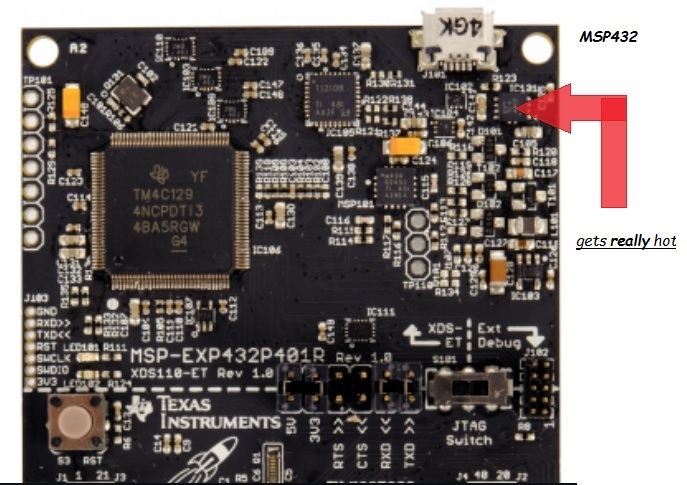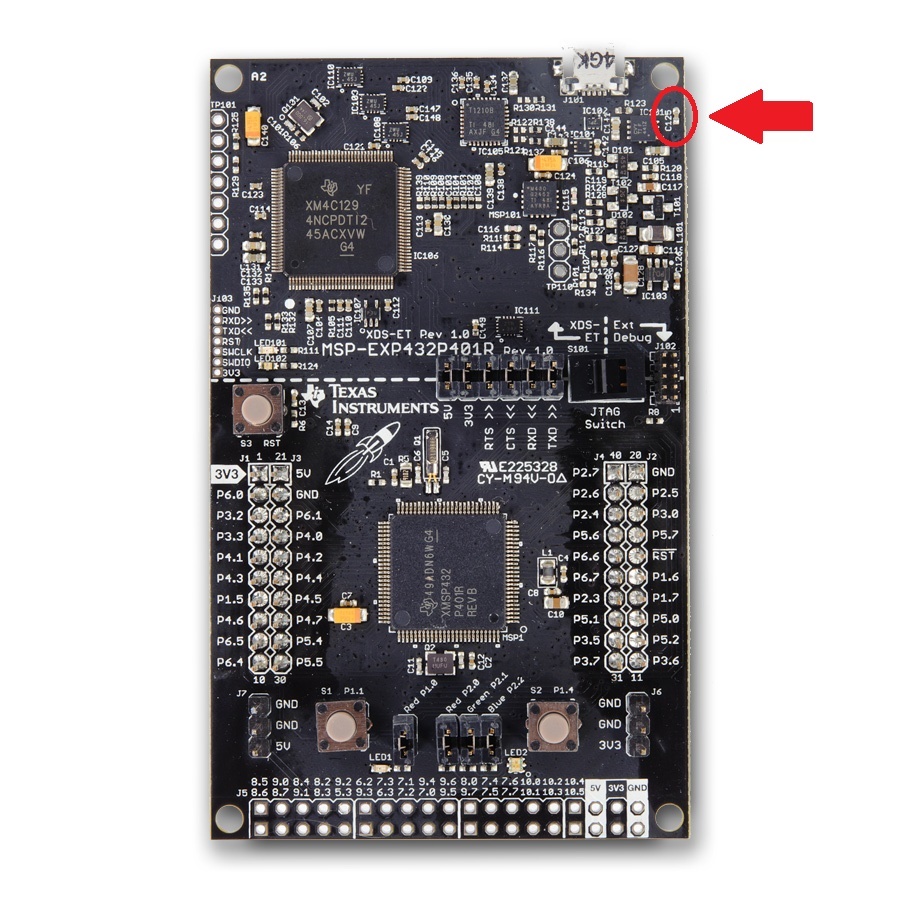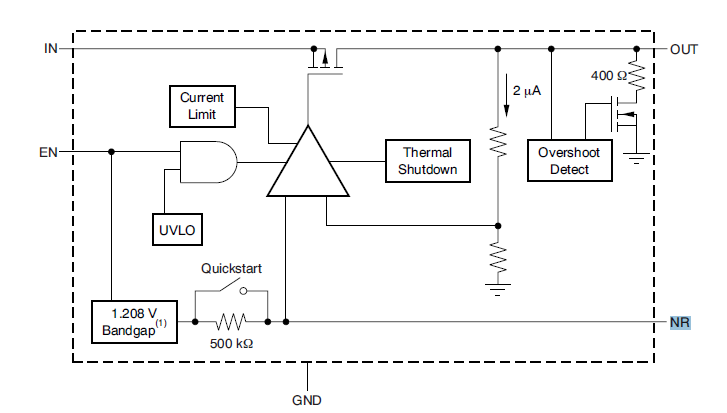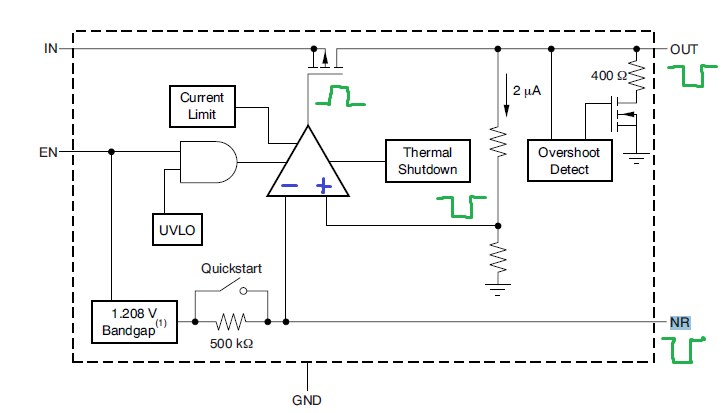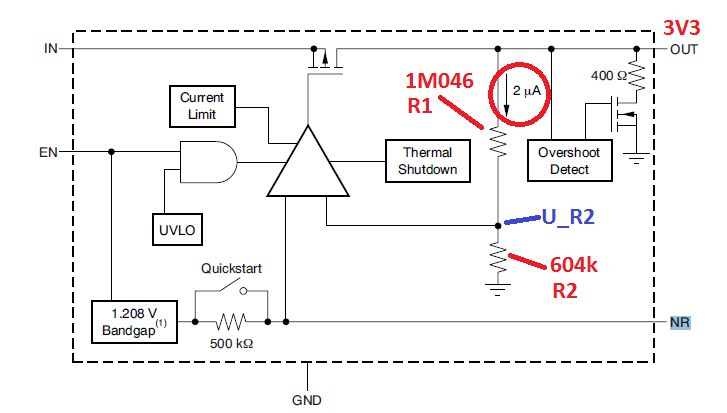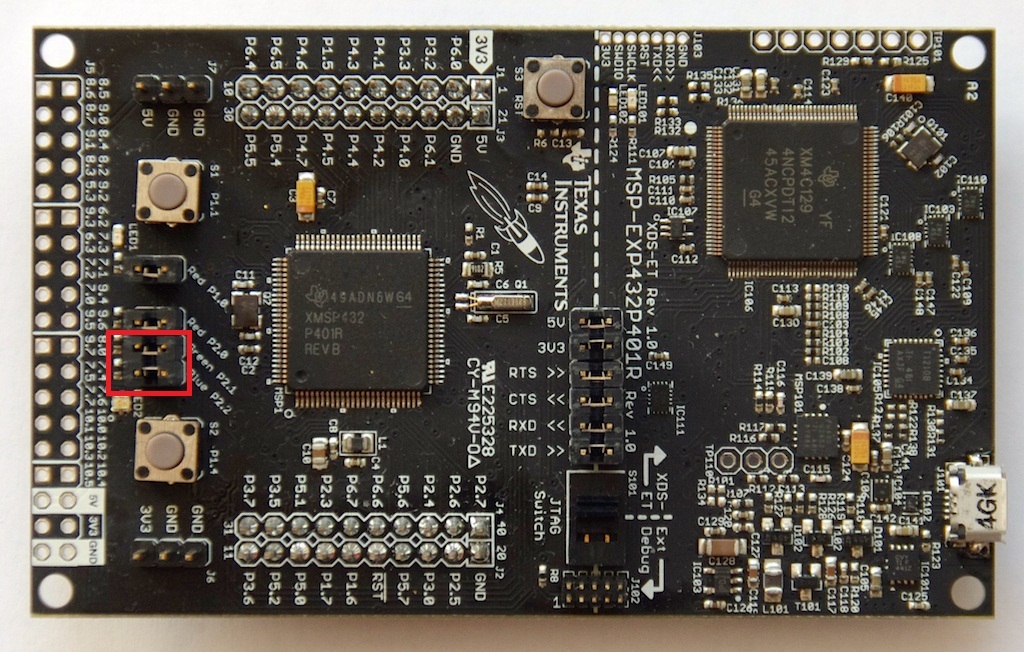hi, the IC close to the usb connector gets really hot during operation -- see image below. it's hot enough to burn my finger a bit. is this normal? i'm using the MSP432 with the CC3100 booster. thanks, mahesh
-
Ask a related question
What is a related question?A related question is a question created from another question. When the related question is created, it will be automatically linked to the original question.


